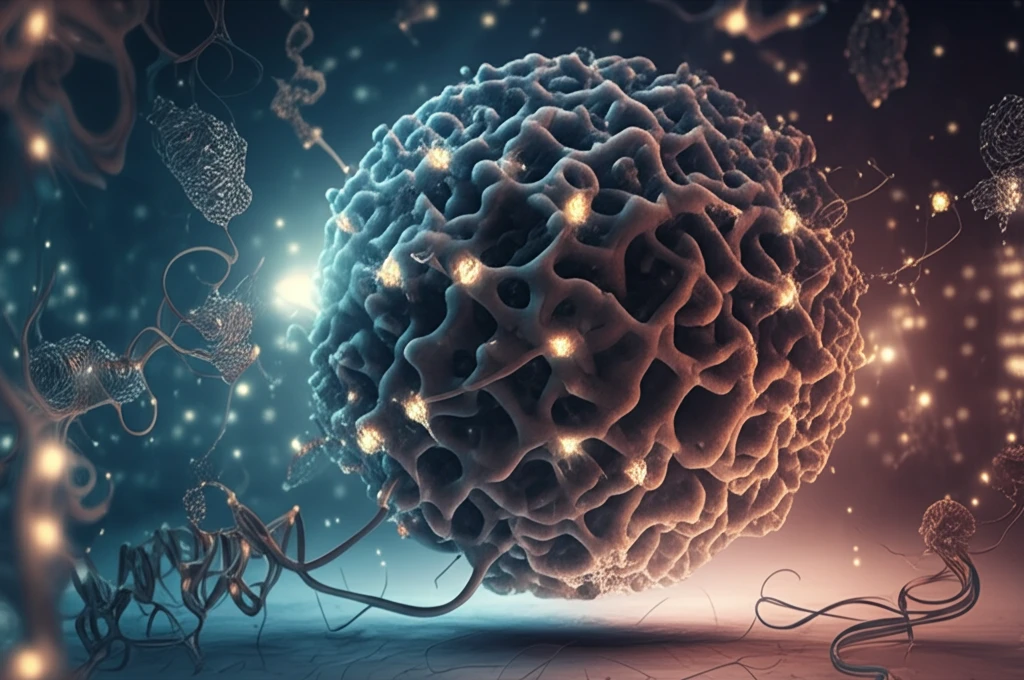
Decoding Protein Structures: Can AI Predict Our Biological Future?
"New AI models like SPIDER3-Single are revolutionizing how we understand proteins, offering insights into disease and personalized medicine."
Proteins are the workhorses of our cells, performing a vast array of functions essential for life. Understanding their three-dimensional structure is key to deciphering how they work, which in turn can unlock solutions to countless biological mysteries. For decades, scientists have relied on experimental techniques like X-ray crystallography and nuclear magnetic resonance to determine these structures. However, these methods are time-consuming, expensive, and often challenging, leaving a significant gap between the number of known protein sequences and the structures we can actually map.
The traditional approach to predicting protein structure involves analyzing multiple sequence alignments (MSAs), which rely on evolutionary information from homologous sequences. However, a significant proportion of proteins have few or no known homologous sequences, making accurate prediction difficult. This is where new computational methods, particularly those leveraging artificial intelligence (AI), are stepping in to bridge the gap. AI offers the potential to predict protein structures directly from a single sequence, opening up new avenues for research and personalized medicine.
One such method, called SPIDER3-Single, uses deep learning techniques to predict protein secondary structures and solvent accessibility from a single protein sequence. This innovative approach not only accelerates the process of structural determination but also provides more accurate predictions for proteins with limited evolutionary information. Let's dive into how SPIDER3-Single works and its potential impact on the future of biological research.
How Does SPIDER3-Single Predict Protein Structures?

SPIDER3-Single employs Long Short-Term Memory (LSTM) Bidirectional Recurrent Neural Networks (BRNNs), a type of deep learning architecture particularly well-suited for capturing long-range dependencies within a sequence. Unlike traditional methods that analyze proteins in segments, SPIDER3-Single takes the entire protein sequence as input, allowing it to consider interactions between residues that are far apart in the sequence but close in three-dimensional space. This holistic approach significantly improves prediction accuracy.
- Secondary Structure: Predicts whether a residue is part of an alpha-helix, beta-strand, or coil.
- Solvent Accessibility: Determines how exposed a residue is to the surrounding solvent.
- Backbone Torsion Angles: Predicts the angles between different bonds in the protein backbone, providing detailed information about the protein's conformation.
- Half Sphere Exposure: Measures the number of neighboring residues in the top and bottom halves of a sphere around each amino acid.
- Contact Number: Counts the number of residues within a certain distance of a given residue.
The Future of Protein Prediction
AI-driven methods like SPIDER3-Single are revolutionizing the field of protein structure prediction. By accurately predicting structures from single sequences, these methods are accelerating biological research, enabling the study of previously inaccessible proteins, and paving the way for personalized medicine. As AI continues to advance, we can expect even more sophisticated tools to emerge, further blurring the lines between computational prediction and experimental determination, ultimately unlocking a deeper understanding of the molecular world.
